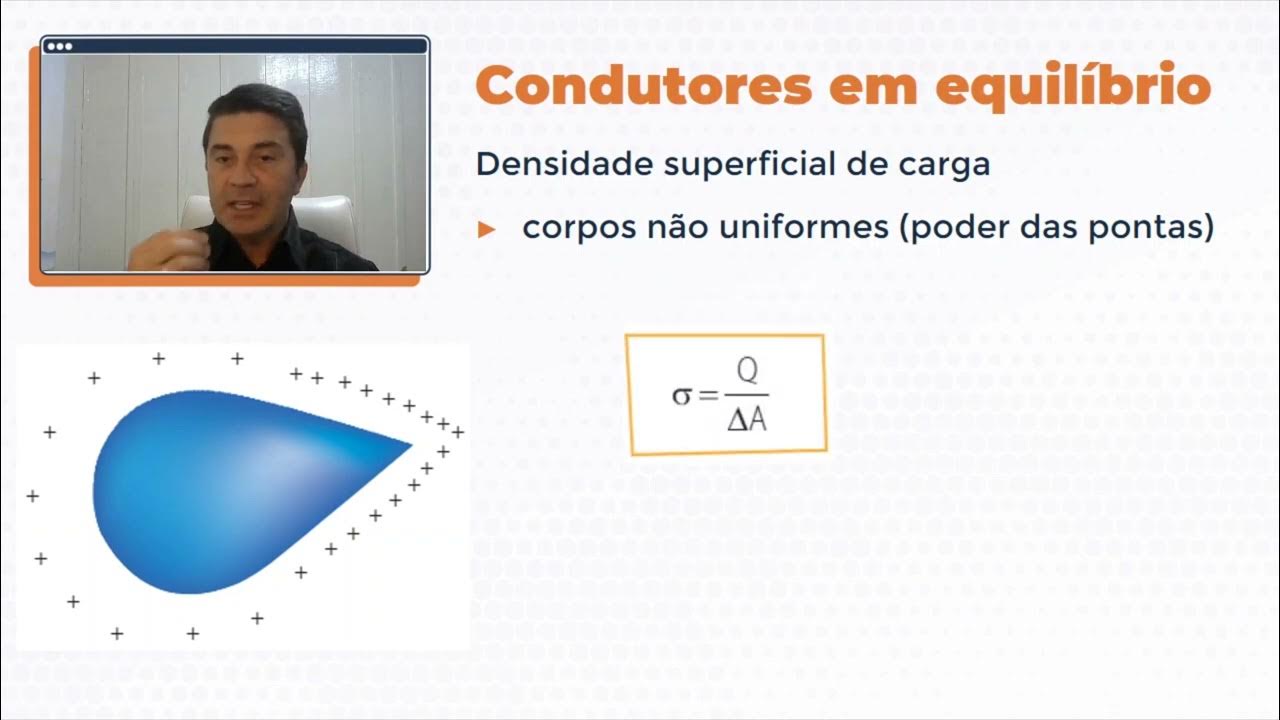Electric Potential Energy and Potential Difference
Summary
TLDRThe video explains the concepts of potential energy in gravitational and electric fields. It illustrates how potential energy is lost when objects move naturally within these fields due to forces exerted over distances, highlighting the role of gravity and electric forces. The presenter compares raising a charge against an electric field to lifting an object against gravity, introducing the concept of potential difference as work done per unit charge. This relationship between work, charge, and energy is key to understanding electric fields and their effects.
Takeaways
- 😀 Falling objects lose potential energy as their height decreases due to gravity doing work.
- 😀 To add potential energy to an object, you must exert force against gravity over a distance.
- 😀 In a uniform electric field, a positive charge has high potential energy when positioned near positively charged plates.
- 😀 When a charge falls in an electric field, it loses potential energy because the electric field does work.
- 😀 Moving a charge against the direction of an electric field requires work, thus increasing its potential energy.
- 😀 Potential difference refers to the work done per unit charge as a charge moves in an electric field.
- 😀 The unit of potential difference is the volt, defined as one joule per coulomb.
- 😀 Positive work by an electric field results in a charge losing potential energy.
- 😀 A charge moving with the electric field lines loses potential energy; moving against them gains potential energy.
- 😀 Understanding work on charges is crucial for grasping electric fields and potential energy concepts.
Q & A
What happens to the potential energy of a pear as it falls from a tree?
-The potential energy decreases because the height of the pear decreases as it falls, and gravity is doing work on it.
Why do we say that gravity does work on the falling pear?
-Gravity exerts a force over the distance the pear falls, resulting in work being done, which is reflected in the loss of potential energy.
How can we add potential energy to an object like a peach?
-To add potential energy, you must exert a force against gravity by lifting the object, doing work over a distance.
What is a uniform electric field?
-A uniform electric field has a constant strength and direction throughout, as indicated by evenly spaced arrows pointing in the same direction.
What happens to a positive charge in a uniform electric field?
-A positive charge placed in a uniform electric field has high potential energy when near positive plates and will fall toward the negative plate, losing potential energy as it does work against the field.
What does it mean when a charge moves with the field lines?
-When a charge moves with the field lines, it loses potential energy because it is moving toward a position of lower potential energy.
What occurs when a charge moves against the field lines?
-When a charge moves against the field lines, it gains potential energy, as work must be done to move it toward higher potential energy areas.
How is potential difference defined?
-Potential difference is defined as the work done per unit charge as a charge moves from one point to another in an electric field.
What are the units for potential difference?
-The unit for potential difference is volts (V), which is equivalent to joules per coulomb (J/C).
What is the relationship between work, charge, and potential difference?
-Potential difference measures how much work is done per unit of charge when a charge moves within an electric field, illustrating the energy changes involved.
Outlines

此内容仅限付费用户访问。 请升级后访问。
立即升级Mindmap

此内容仅限付费用户访问。 请升级后访问。
立即升级Keywords

此内容仅限付费用户访问。 请升级后访问。
立即升级Highlights

此内容仅限付费用户访问。 请升级后访问。
立即升级Transcripts

此内容仅限付费用户访问。 请升级后访问。
立即升级浏览更多相关视频

Electric Potential

POTENCIAL ELÉTRICO | AULA 02 | ENERGIA POTENCIAL ELÉTRICA

ENTENDA A DIFERENÇA ENTRE ENERGIA POTENCIAL ELÉTRICA E POTENCIAL ELÉTRICO

Electric Potential Energy

A Level Physics Revision: All of Gravitational Fields (in under 23 minutes)

VIDEOAULA | Física | Ensino Médio | Fundamentos da Eletrodinâmica I
5.0 / 5 (0 votes)
